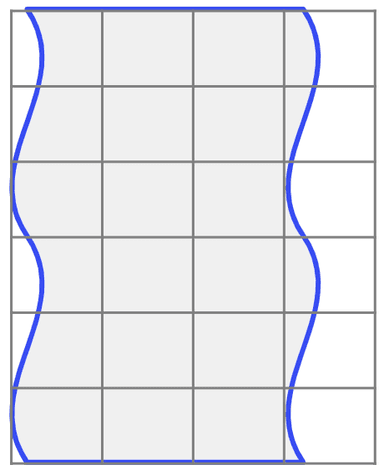Myths about teaching can hold you back
- Year 5
Measure area using counting with squares as a strategy
I can use squares to cover the surface and count the area.
- Year 5
Measure area using counting with squares as a strategy
I can use squares to cover the surface and count the area.
These resources will be removed by end of Summer Term 2025.
Switch to our new teaching resources now - designed by teachers and leading subject experts, and tested in classrooms.
These resources were created for remote use during the pandemic and are not designed for classroom teaching.
Lesson details
Key learning points
- Using squares means that there are no gaps or overlaps.
- Fractions of squares can be added to make whole squares.
Keywords
Area - The measurement of a flat surface. It measures a 2D space.
Square units - A square of a set size used to measure area.
Common misconception
Pupils might count a part square - such as a triangle - as one square unit.
The slides show two parts moving together to make a whole square. Cutting out and physically moving the parts is an effective strategy.
To help you plan your year 5 maths lesson on: Measure area using counting with squares as a strategy, download all teaching resources for free and adapt to suit your pupils' needs...
To help you plan your year 5 maths lesson on: Measure area using counting with squares as a strategy, download all teaching resources for free and adapt to suit your pupils' needs.
The starter quiz will activate and check your pupils' prior knowledge, with versions available both with and without answers in PDF format.
We use learning cycles to break down learning into key concepts or ideas linked to the learning outcome. Each learning cycle features explanations with checks for understanding and practice tasks with feedback. All of this is found in our slide decks, ready for you to download and edit. The practice tasks are also available as printable worksheets and some lessons have additional materials with extra material you might need for teaching the lesson.
The assessment exit quiz will test your pupils' understanding of the key learning points.
Our video is a tool for planning, showing how other teachers might teach the lesson, offering helpful tips, modelled explanations and inspiration for your own delivery in the classroom. Plus, you can set it as homework or revision for pupils and keep their learning on track by sharing an online pupil version of this lesson.
Explore more key stage 2 maths lessons from the Understand the concept of area unit, dive into the full primary maths curriculum, or learn more about lesson planning.

Licence
Prior knowledge starter quiz
6 Questions
Q1.Put the missing words from the sentence into the correct order: ___ is the measurement of a ___ surface. It measures a ___ space.
Q2.Which of these shapes is most commonly used for measuring the area of a 2D space, because it tessellates so well and has right angles?
Q3.Which of the following shapes are rectilinear?
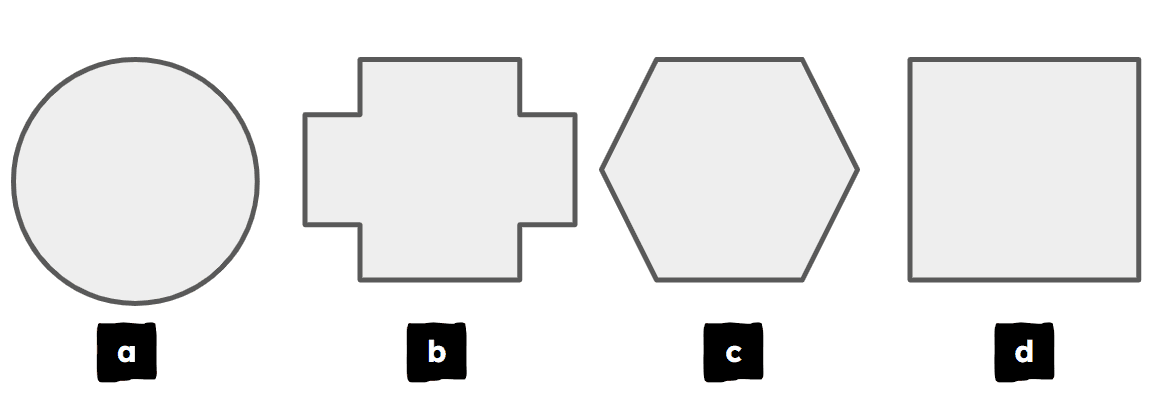
Q4.What is the most efficient way of finding the area of this rectangle?
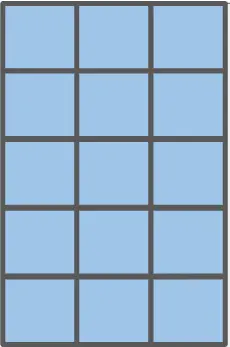
Q5.I am counting in threes: 3, 6, 9... Tick all of the numbers that would appear in the sequence when counting in threes.
Q6.Which of these would make one whole?
Assessment exit quiz
6 Questions
Q1.This shape has an area of square units.
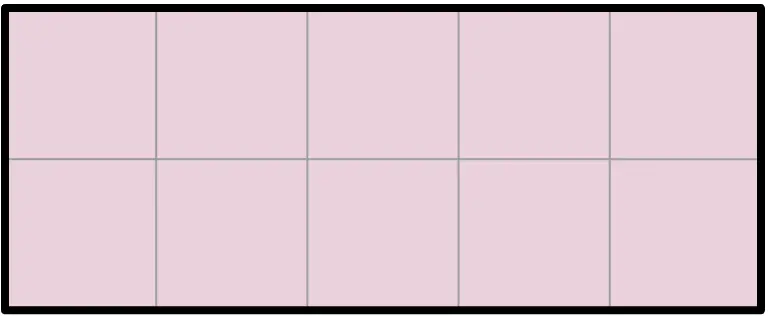
Q2.This shape has an area of square units.
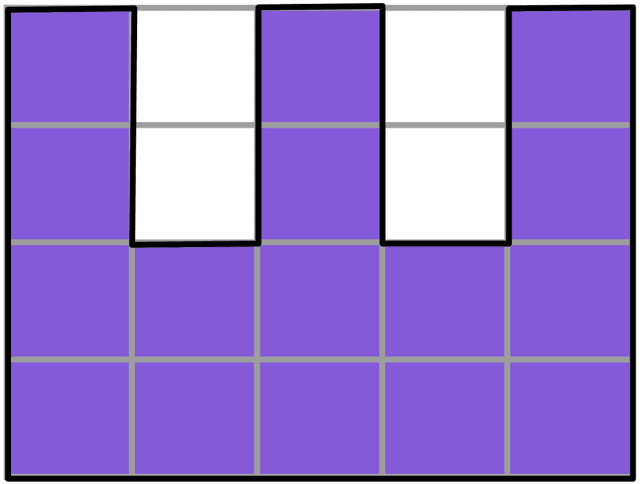
Q3.Which strategies could be used to find the area of this shape? Select all that apply.
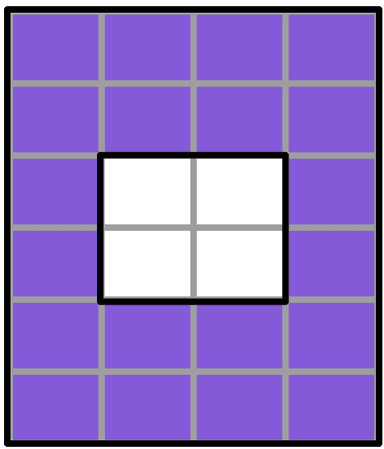
Q4.This shape has an area of square units.
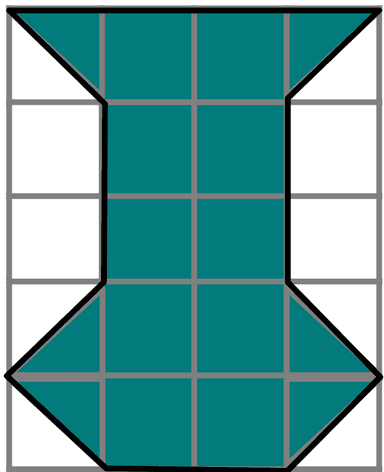
Q5.This shape has an area of square units.
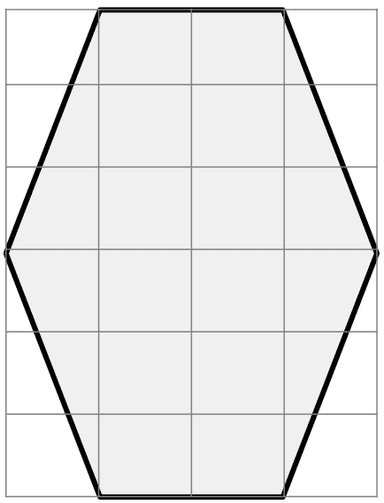
Q6.This shape has an area of square units.
